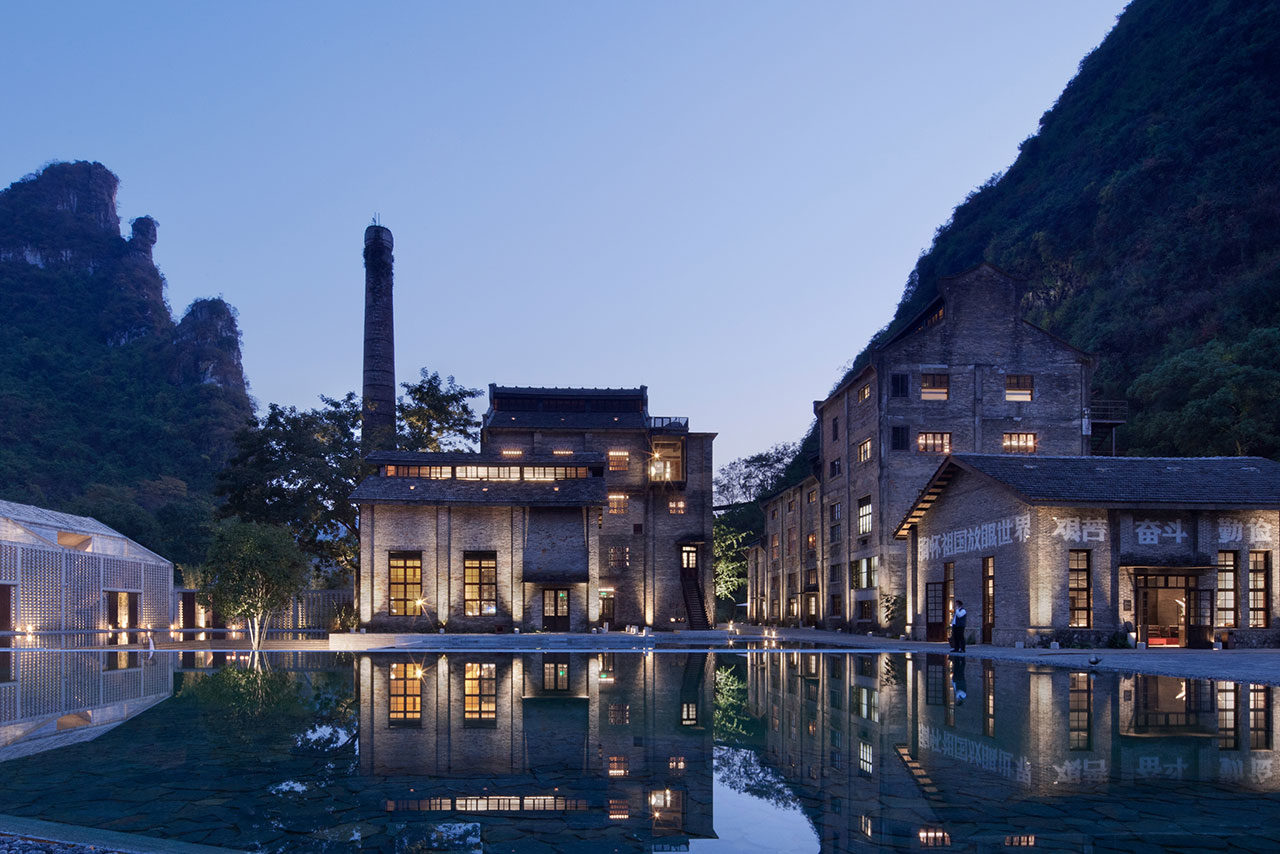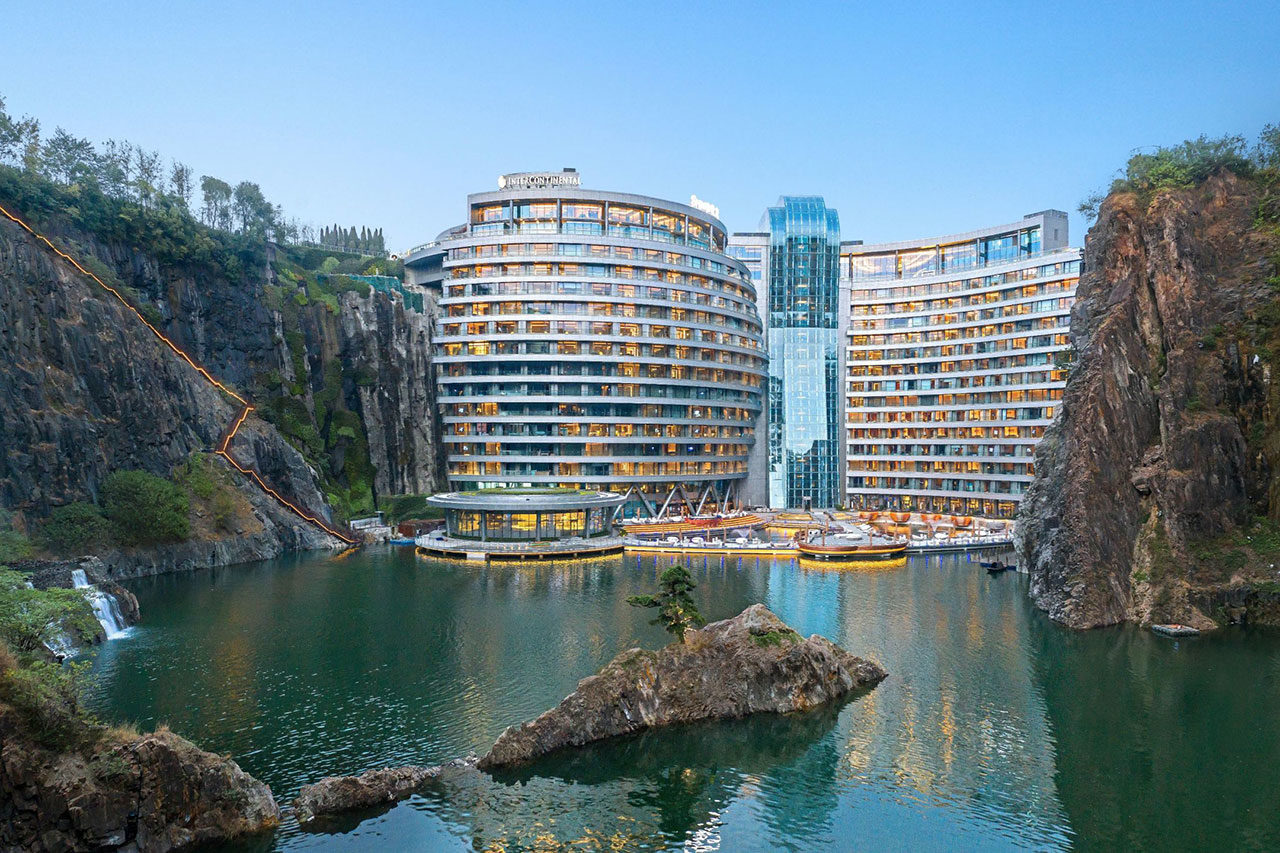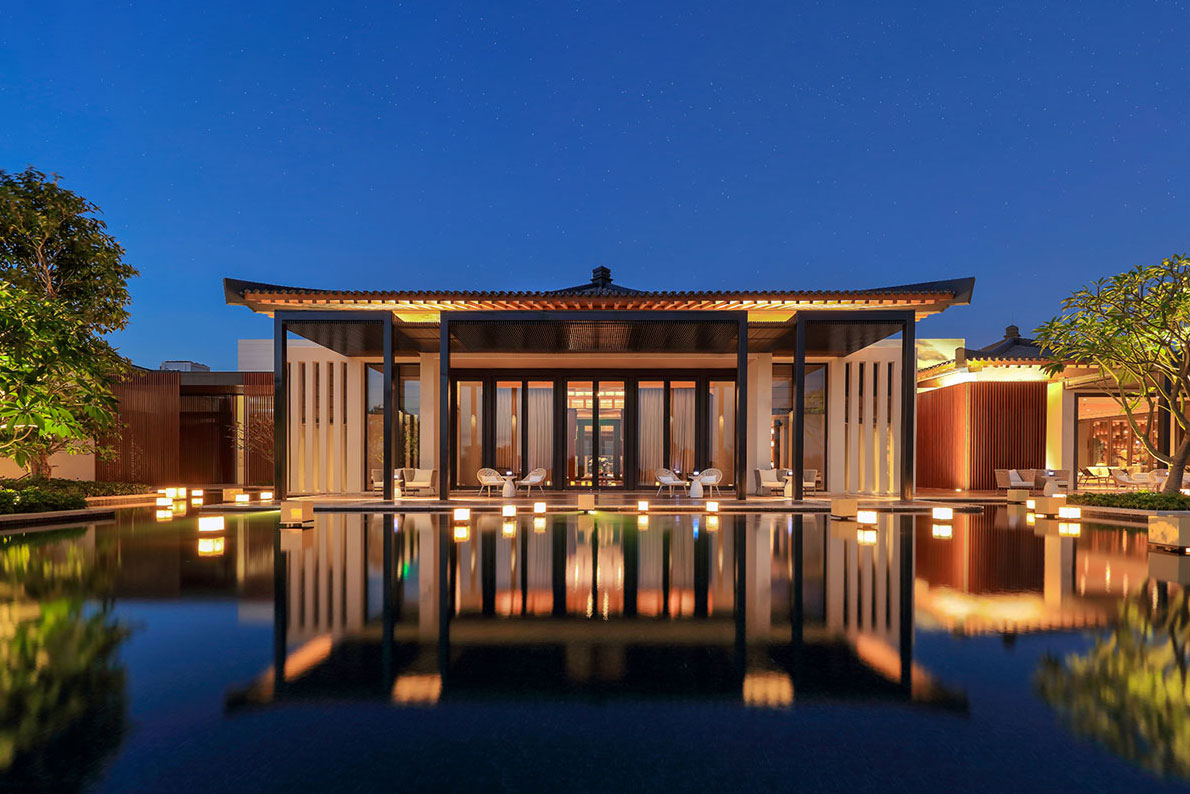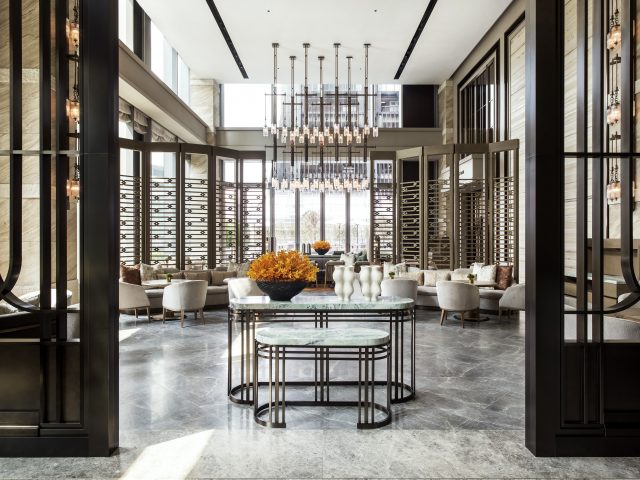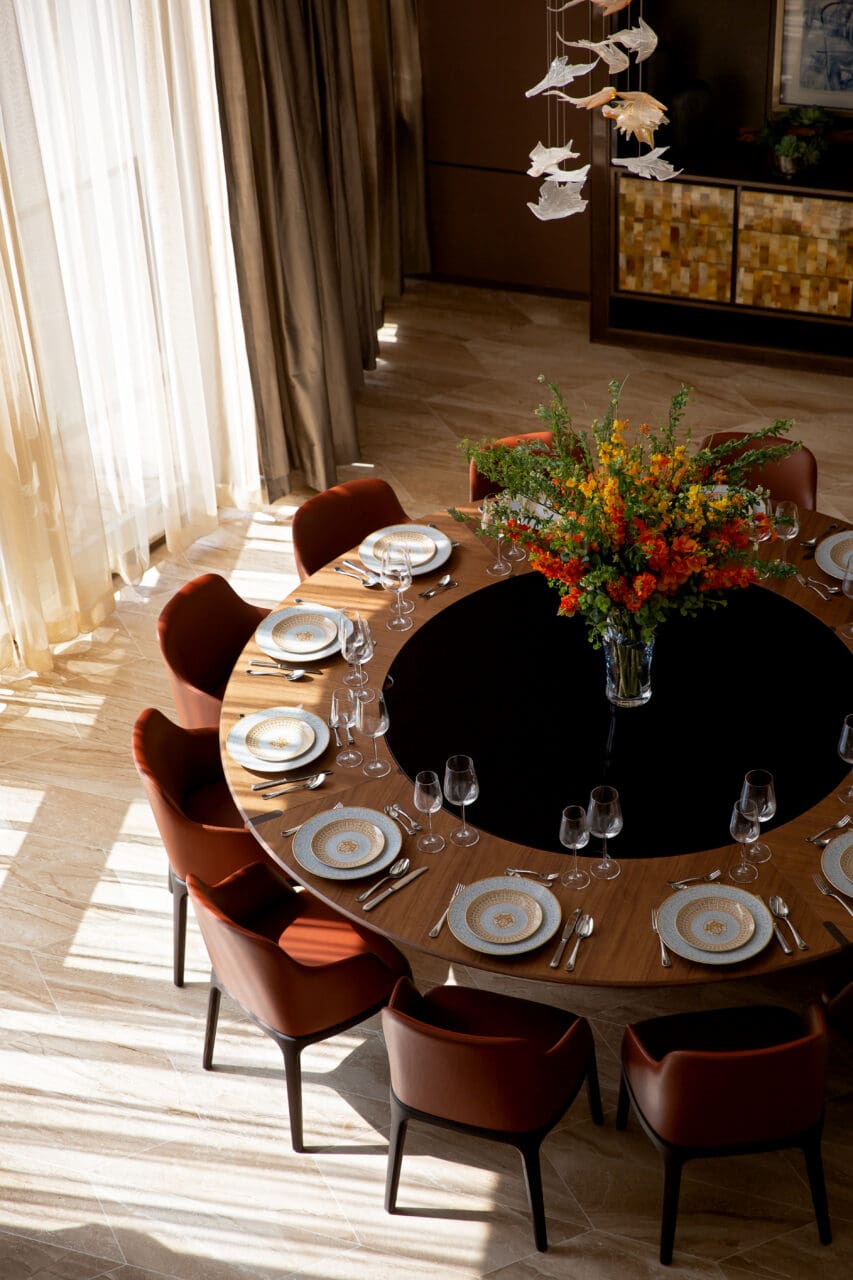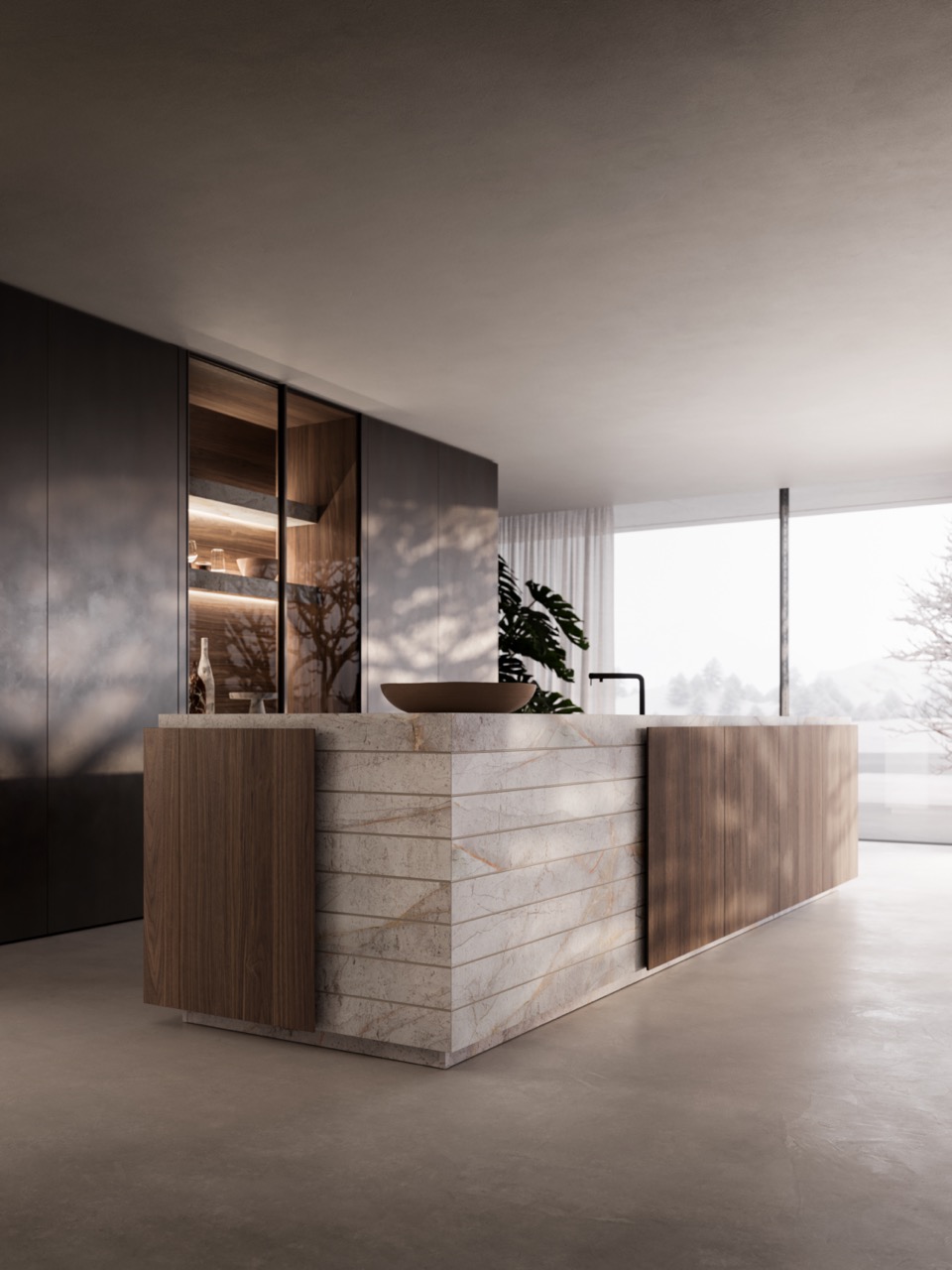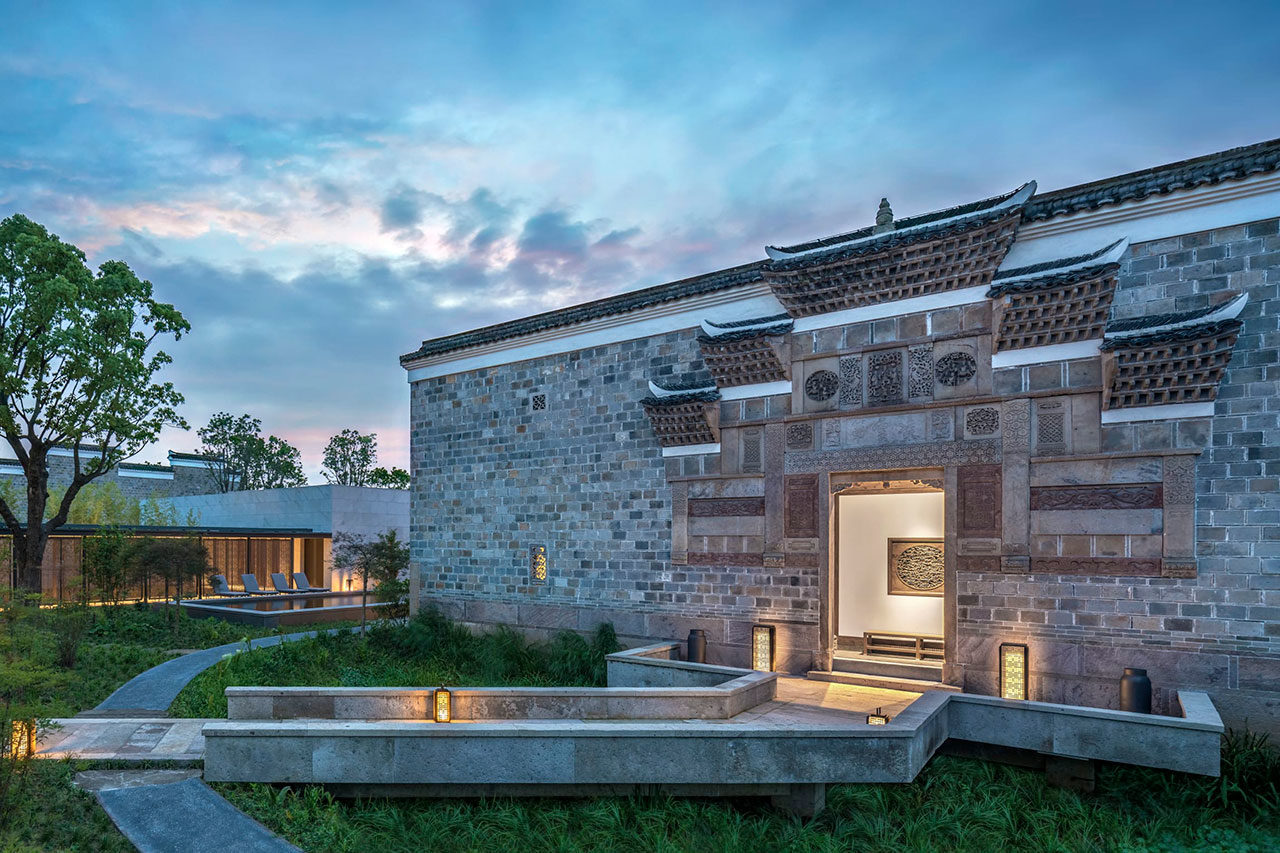
Ten years ago, if you were to suggest holidaying in mainland China to any Hongkonger, they would have responded with a look of equal parts confusion and horror. How things have changed since – as Chinese travellers have grown more experienced and well-travelled, they have also begun to look increasingly within the borders of their own country, sparking something of a tourism gold rush. In 2015, four billion domestic trips were made, double the figure in 2010 and one which has only grown since then.
With a plethora of five-star resorts now serving as the icing on the cake to China’s multitude of attractive destinations, there’s no better time to travel north. We round up the country’s best new resorts below.
Alila Yangshuo
Set within an abandoned Communist-era sugar mill nestled between Guilin’s iconic limestone karsts, Alila Yangshuo hit the jackpot in terms of natural scenery. Vector Architects and Horizontal Space Design were responsible for the resort’s design, preserving the historical industrial design of the complex with minimal interventions of bamboo, mountain stone, reclaimed wood and concrete sourced from the surrounding region. The mill’s various spaces were cleverly repurposed into its current facilities: the molasses storage tank became Spa Alila; the old pressing room became 1969 Bar complete with an in-house distillery; the boiler room, its library. Staying here is to experience an especially sensitive part of China’s recent history.
Amanyangyun
Walking up the approach to Amanyangyun‘s main hall, the Nan Shu Fang, you would be forgiven if you believed that the structure had sat in its current location at the outskirts of Shanghai since time immemorial. In fact, as recently as 2002, it and the surrounding 50 Ming and Qing dynasty village houses, as well as 10,000 camphor trees blanketing the property were located 700km away in Jiangxi province, in the hometown of philanthropist Ma Dadong who, on one of his regular visits, realised that a dam was set to flood the area upon its completion. He urgently arranged for the historic structures and trees to be expertly moved to a safe place, a place today known as China’s most ambitious hospitality project, made even more appealing thanks to a respectful revitalisation by Kerry Hill Architects. To visit this resort is to quite convincingly step back in time, while being an immense feat of preservation for future generations.
Six Senses Qing Cheng Mountain
Found at the foot of Taoism’s most sacred place, the UNESCO World Heritage site of Mount Qingcheng, this Six Senses resort certainly gilds the cultural charms of Chengdu, both the world’s panda capital and its central showcase of Sichuanese cuisine. Sprawled across 11 hectares, the property’s 113 villas are connected by moon bridges, all the better to approximate a traditional Chinese village. Along with the usual facilities (a farm-to-table restaurant, spa, indoor and outdoor pools), guests can also take advantage of the resort’s easy access to explore the nearby panda reserves and the millennia-old Dujiangyan irrigation system – a feat of ancient Chinese engineering prowess.
InterContinental Shanghai Wonderland Hotel
The very fact that the InterContinental Shanghai Wonderland was even built deserves an ovation for the outlandishness of the original concept – a 336-room luxury hotel that clings to the wall of a disused quarry in the Sheshan mountain range outside Shanghai, 16 of its 18 floors cascading down into the water below and the bottommost two floors submerged inside a 33-foot-deep aquarium. Requiring a decade and 5,000 workers to build, the hotel was designed by Studio JADE+QA, who was also responsible for Dubai’s Burj Al-Arab. Walkways extend into the quarry lake and snake up the walls for guests to take in the views from all angles, while bungee jumping and rock climbing activities are on offer to best make use of the unique setting.
Capella Sanya
Known as China’s Hawaii, the island province of Hainan has become the toast of the Chinese domestic tourism economy, with tourist arrivals increasing nearly 70 percent between 2010 and 2015. The crown jewel of the island is Capella Sanya, located on the southern coast and conceived by hotel design superstars Jean-Michel Gathy and Bill Bensley in stunning East-meets-West fashion. Three restaurants and a cocktail bar offer plenty of choice for foodies, while Chinese teas figure prominently on all the drinks menus. Rest and relaxation are the rule here, fulfilled by a visit to the Auriga Wellness spa complex that features 10 treatment rooms, including a Moroccan hammam and the Snow Cabin, a first in the region.
